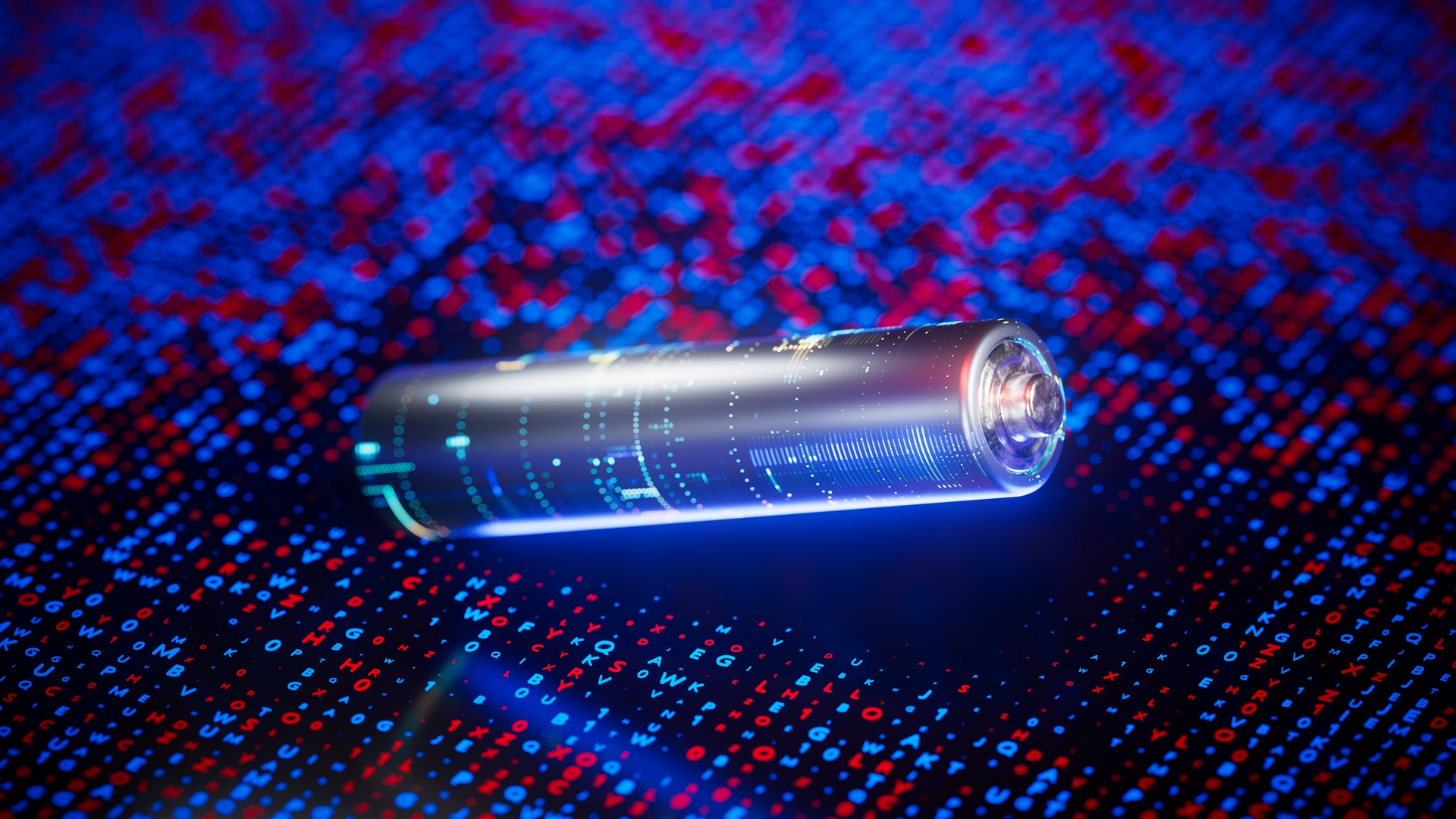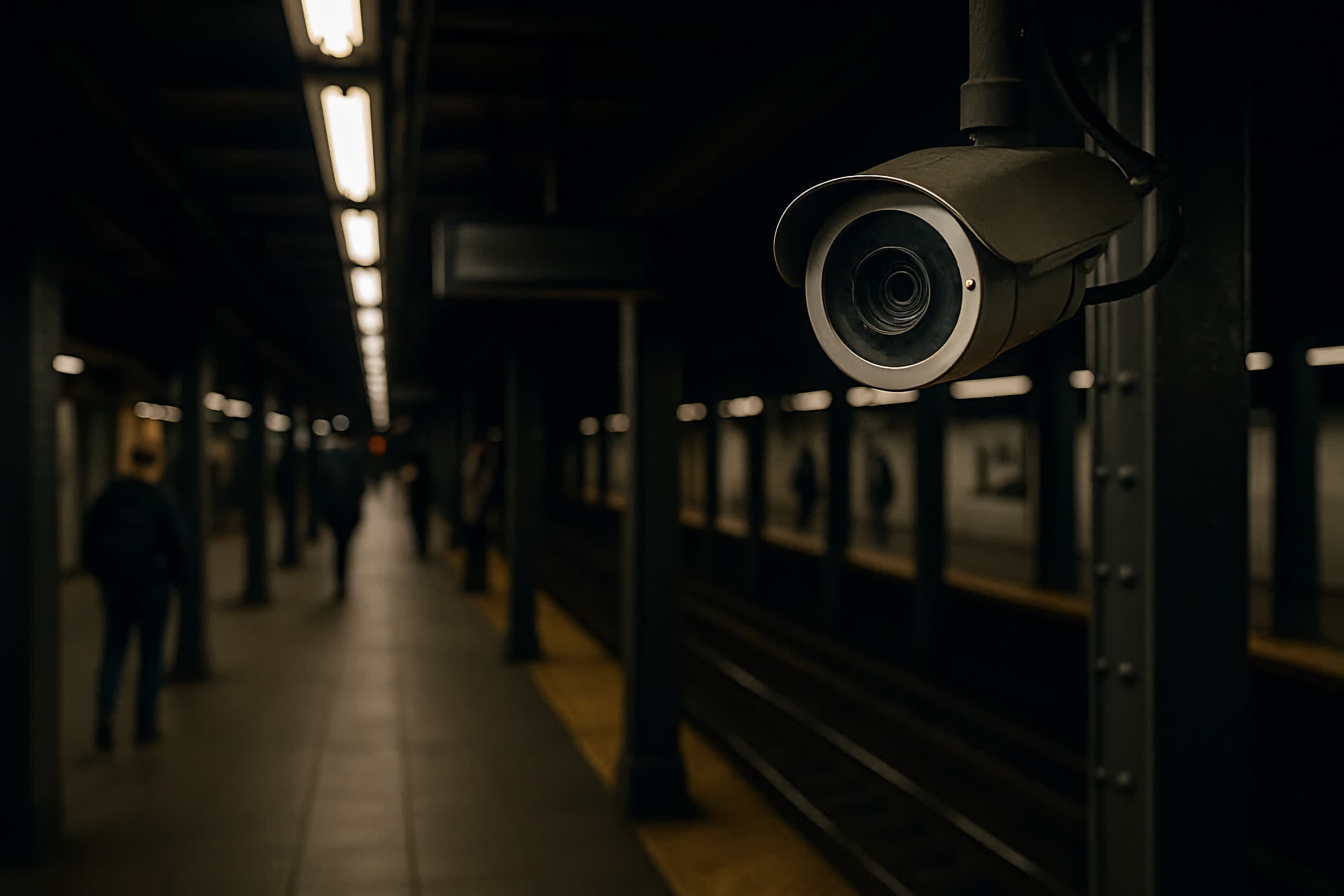For the last 10 years, China's production of industrial robots has compounded at 20% annually. At this rate, they'll be making 1 million per year by 2029.
 Lugh @ Lugh @futurology.today Posts 873Comments 674Joined 2 yr. ago
Lugh @ Lugh @futurology.today Posts 873Comments 674Joined 2 yr. ago

Next-gen EV batteries use solid electrolytes to double lithium cell range, life: The University of Chicago research team manually compiled battery data from 250 studies to train their AI model.
As NASA pivots to skipping the Moon to land people on Mars, China says it's narrowing down the site for its Lunar Base.
An AI LLM tested as a Finance Offer for a company cheated and lied when it couldn't meet its goals honestly.
US expanding social media surveillance of foreigners may impact citizens
Gender characteristics of service robots can influence customer decisions
First-in-human clinical trial testing CRISPR/Cas9 gene-editing in 12 highly metastatic, end-stage GI cancer patients saw several of their cancer growth halt & not return over 2 year period.
Family uses AI to create video for deadly Chandler road rage victim's own impact statement.
Everyone Is Cheating Their Way Through College: ChatGPT has unraveled the entire academic project.
In a win for combatting microplastic pollution. new robots in Seattle can sort waste into recycling categories with 90% accuracy.
A.I. Is Getting More Powerful, but Its Hallucinations Are Getting Worse: A new wave of “reasoning” systems is producing incorrect information more often. Even the companies don’t know why.
What if future robots are mostly cheap, open-source, and owned by everybody? Researchers in California have developed a humanoid robot that is 3D printed and costs just $5,000.
Is Open-Source vs. Proprietary AI the real AI race, not US vs. Chinese AI, and is Open-Source winning?
A new crowd-trained way to develop LLMs over the internet could shake up the AI industry with a giant 100 billion-parameter model later this year.
The AI jobs crisis is here, now: It's not coming, it has already arrived.
A Swedish company deploying underwater tidal kites in the Faroe Islands, says 500 of them would supply 100% of Alaska's electricity needs.
HuidaGene Therapeutics used CRISPR gene-editing (Cas13) to modify genes in the brain for the first time, successfully treating a 9-year-old with MECP2 duplication syndrome.
New research shows the top reason people are using generative AI is for therapy and companionship.
New York wants to use AI and cameras to detect subway crime before it happens.








With upcoming space telescopes in the 2030s, there should be a few capable of analyzing exoplanet atmospheres. Exciting to think we may be soon able to deduce the presence of carbon-based life in another planetary system.